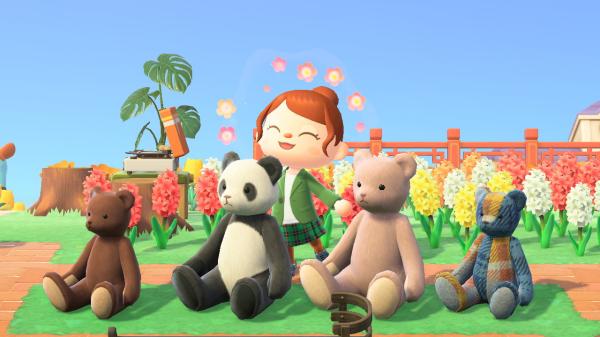
Hello Datascapers! In today's Tartan Datascapes, I have the privilege of collaborating with Angelina (hereafter Lina) Spotts, our Metadata Specialist at CMU Libraries, to provide what I believe is the most creative, unique installment of the blog since its inception in September 2019! Now, Lina and I have quite a bit in common. We both enjoy talking about data management. We both like using examples from popular culture to teach technical concepts. And, perhaps most importantly in regards to this blog post, we are both avid players of the Nintendo video game Animal Crossing: New Horizons.
Animal Crossing: New Horizons is the latest iteration of the Animal Crossing line of video games from Nintendo, released in March 2020. A summary of the game, taken from the Animal Crossing: New Horizons wikipedia page, is included below:
The player assumes the role of a customizable character who moves to a deserted island after purchasing a package from Tom Nook, a tanuki character who has appeared in every entry in the Animal Crossing series. Taking place in real-time, the player can explore the island in a nonlinear fashion, gathering and crafting items, catching insects and fish, and developing the island into a community of anthropomorphic animals.
It's safe to say that both Lina and myself are greatly enjoying building up our islands, and on several occasions, visiting each other's islands to exchange clothes, furniture, and explore our island's museum, curated by Blathers, an owl who directs the museum.
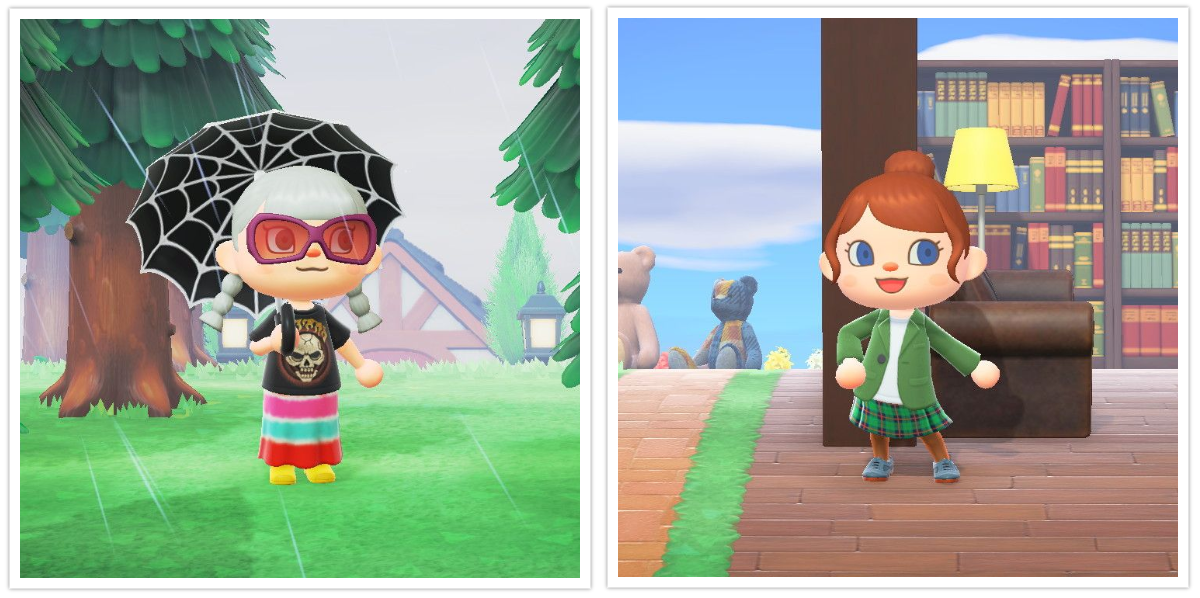
Image Description: the Animal Crossing: New Horizons avatars for Lina (left) and Hannah (right)
So, what does Animal Crossing: New Horizons have to do with metadata? First, let's talk about metadata:
Metadata is data that provides information about other data. As complicated as that might seem, that is how simple it really is! Metadata summarizes basic information about data, making data easier to find and work with. We are surrounded by metadata in almost everything we do on a daily basis. Our brain processes metadata all day long, whether we realize it or not. Here's an example: when you look at a car, imagine that car has sticky notes attached to it stating its size, colour, make, model, etc. Those sticky notes are giving you the metadata about the car, which in this case, is our data source. Metadata is truly everywhere! When you look into a mirror, your brain is processing metadata about your own image, such as your eye colour, hair colour, face shape, etc. Again, whether we realize it or not, we are all familiar with metadata and interacting with it, as it permeates so many areas of our lives.
As two people who deal with metadata on a regular basis, we couldn't help but notice how, when we are on our islands, we are surrounded by so much metadata! The colour of the flowers, the different types of outfits we can buy with 'bells' (the Animal Crossing money currency!), the ways we can customize furniture, and in a host of other ways. Below, we've included some examples of the ways we are surrounded by metadata in Animal Crossing: New Horizons:
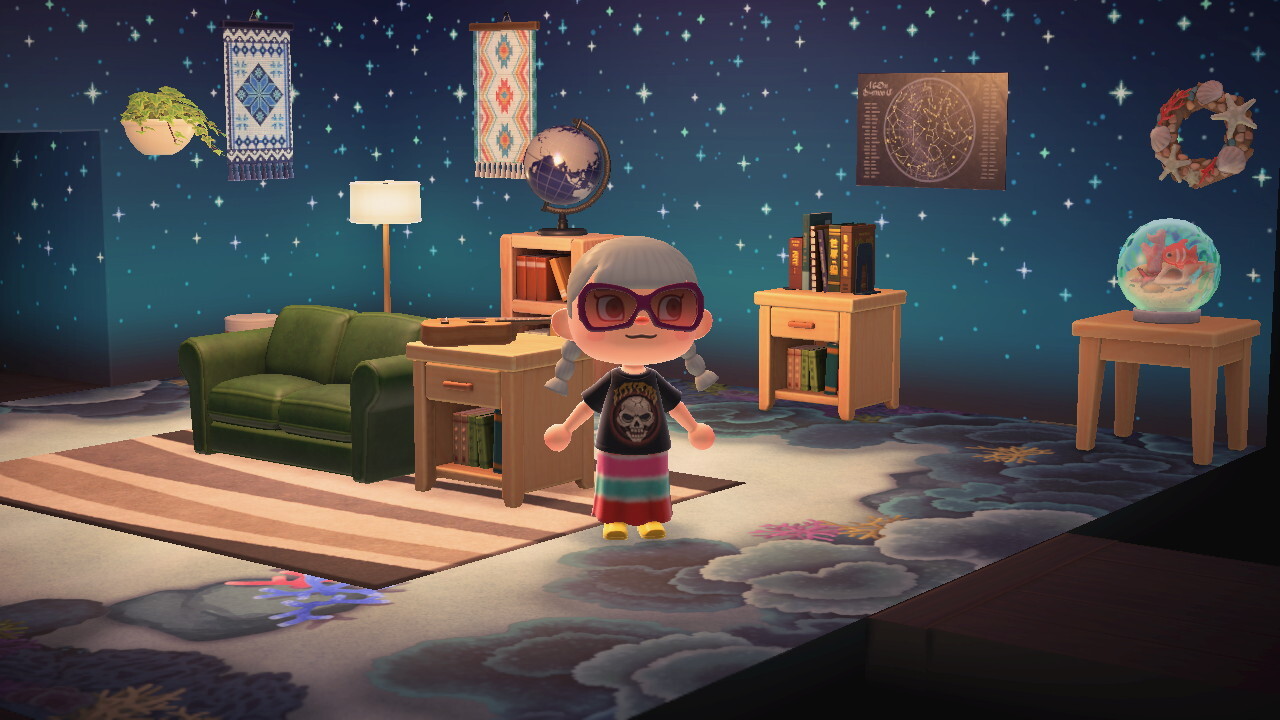
Above, you can see Lina's Animal Crossing: New Horizons avatar standing in their living room in their home on the island. This screenshot contains a rich amount of metadata, but the most striking example is the presence of two wall-hanging tapestries in the top-left corner of the screenshot. Notice how the tapestries are similar in size, but extremely different in color and pattern? These two tapestries are within the category of "Furniture" in the game, and are simply different variations of the same item. In this example, the tapestry itself is the data, while the color and pattern variations we see in the image would be included in the metadata for the item, as they describe the physical appearance of the item.
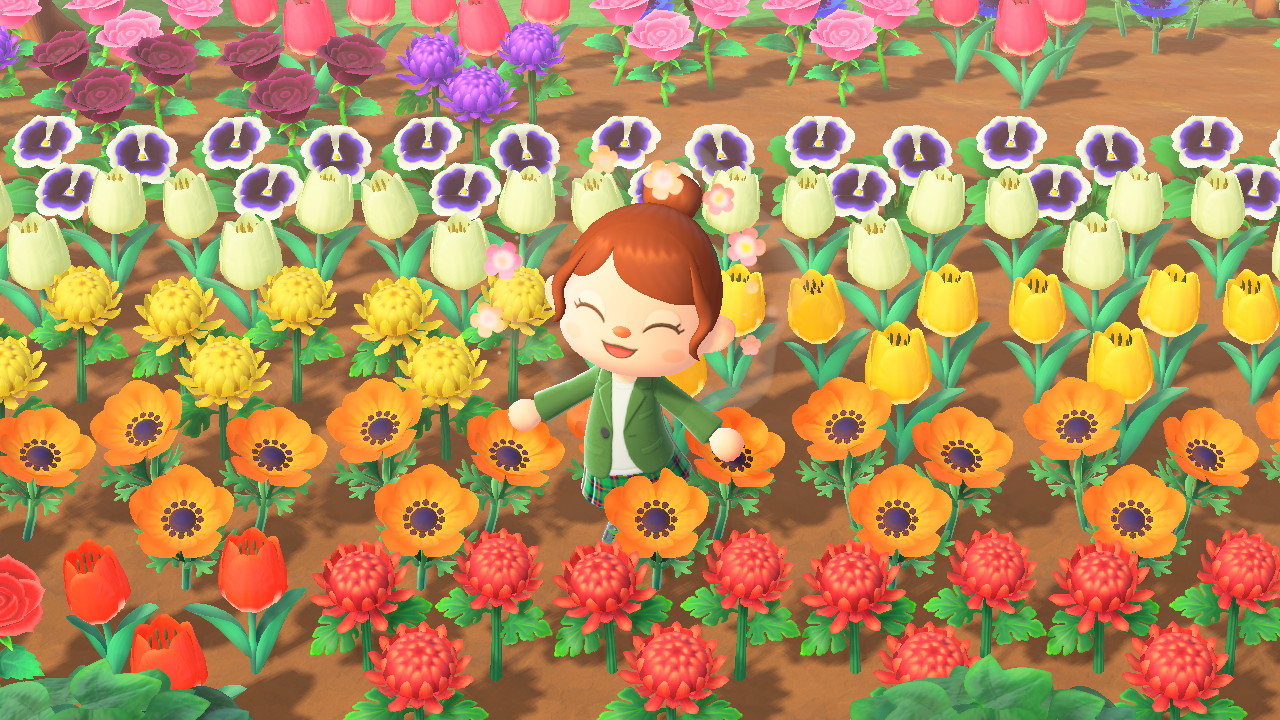
In the image above, you can see my (Hannah) Animal Crossing: New Horizons avatar, standing in a field of brightly-coloured flowers and smiling. Where is the metadata here? Think back to the prior example of sticky notes on a car describing its colour, make, model, etc. Now, imagine all of the flowers in this field having sticky notes on them which describe the different colors, biological species, shape, etc. While it would be a mess, it would also tell us a lot about all of the unique features which make these flowers tremendously different from one another, despite all being a type of flower!
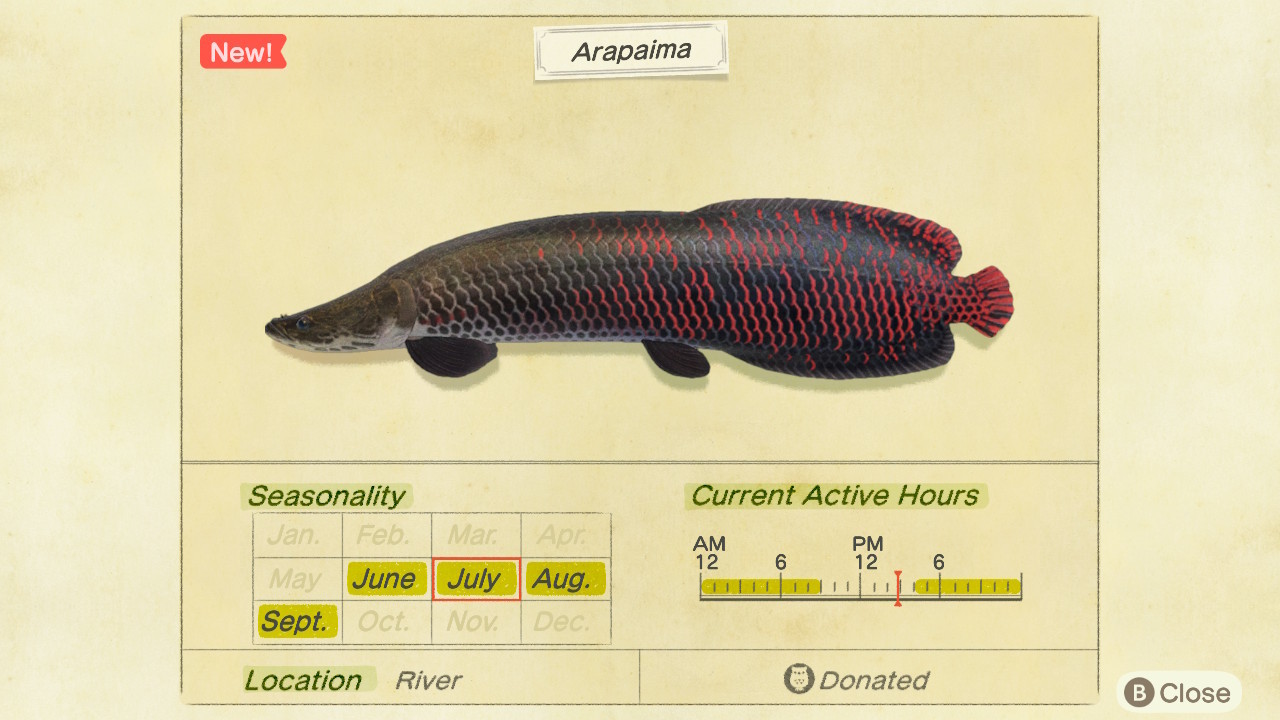
Above, you can see an image of an Arapaima, a type of fish. In the game, players can catch different kinds of fish, insects, and sea creatures, and donate them to the museum or sell them for bells. Once a certain type of creature is caught, players can see more information on the location, active hours, and seasonality of the creature. Above, we can see several descriptors which give us more context as to how the Arapaima can be seen and caught in Animal Crossing: New Horizons. Without this contextual information, it may be difficult for players to predict when and where they are most likely to catch the fish. Just like with a dataset (think of some numbers in a spreadsheet), metadata helps us understand how to interpret and work with the data.
We hope that this post has left you wanting to learn more about how metadata can improve how you interact with the data that surrounds you as you navigate the world! Check out Lina's LibGuide on metadata here to learn how you can start using metadata to better describe your own data, and even make it more understandable and accessible to others. Also, if you take a workshop from CMU Libraries on research data management or metadata during the 2020-2021 academic year, you might find several references to Animal Crossing: New Horizons! And, if you are like us and are developing your own island in the game, we've created a custom CMU Libraries t-shirt design (yes, that's a unicorn on the back!) that your character can download and wear! Below, we have included some images showing off the t-shirt, as well as the relevant design and creator codes for downloading it into your own custom design slots.
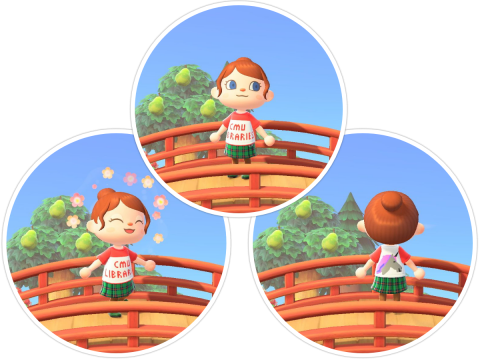
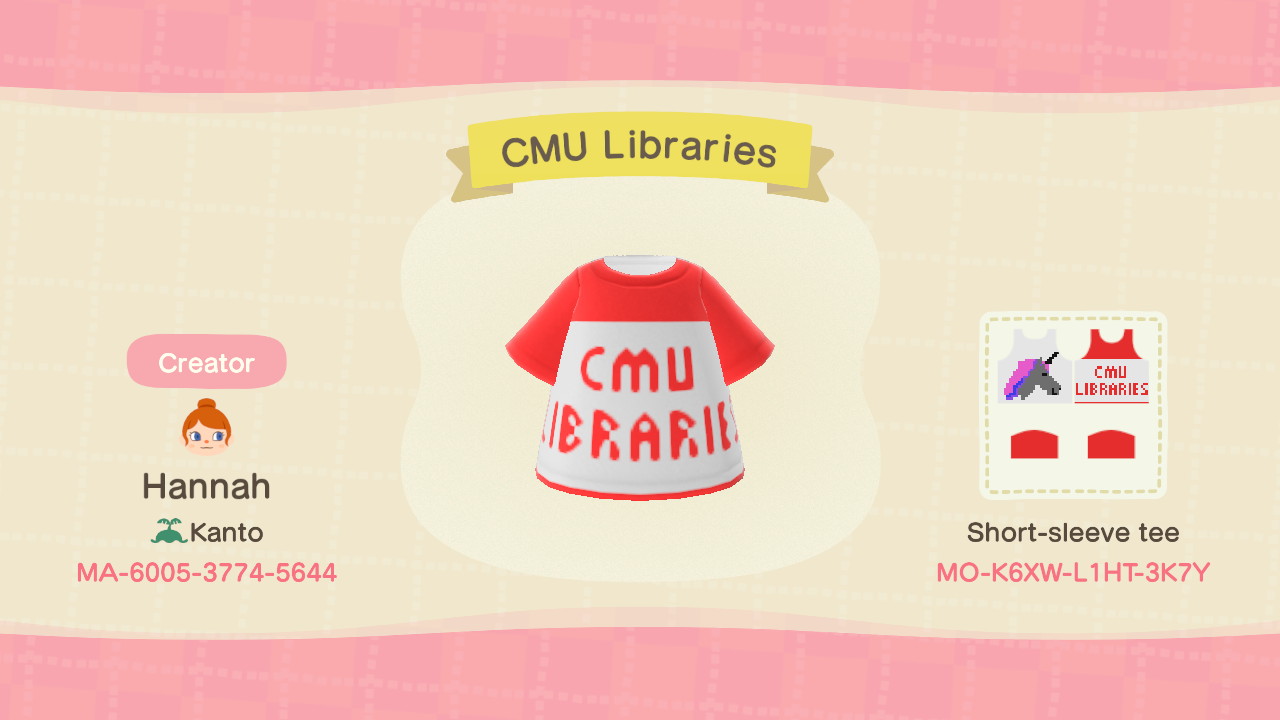
Until next time, stay safe, stay healthy, and may your data always be tidy and managed!
(Note: all screenshots taken from our copies of Animal Crossing: New Horizons are from a game for which Nintendo owns the copyright. Animal Crossing is a registered trademark of Nintendo. Neither Tartan Datascapes nor CMU Libraries in no way claim ownership of any intellectual property associated with Animal Crossing. As we have added creative interpretation to these screenshots, we are in compliance with Nintendo's content sharing guidelines. For more information on these guidelines, please visit their website here.)
